Plastic Toys Have a Greater Impact on the Environment and Human Health Than We Thought
Published Aug. 11 2021, 1:31 p.m. ET
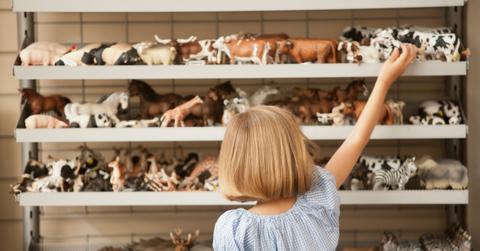
There’s a reason that so many toys are made from plastic these days. Plastic is durable, washable, sturdy, and as evidenced by the islands of it currently floating in the Pacific Ocean, plentiful. As a result, the environmental impact of plastic toys is somewhat worse than even a child’s imagination might be able to conceive. In the end, plastic’s so-called “benefits” in terms of toy production are what make it such an environmental liability.
What is the environmental impact of plastic toys?
The environmental impact of plastic toys is about as significant as every other industry that utilizes petroleum products as its main source of revenue. According to The World Counts, that significant environmental impact can be quantified by the 40 tons of plastic the toy industry uses for every $1 million it makes in revenue.
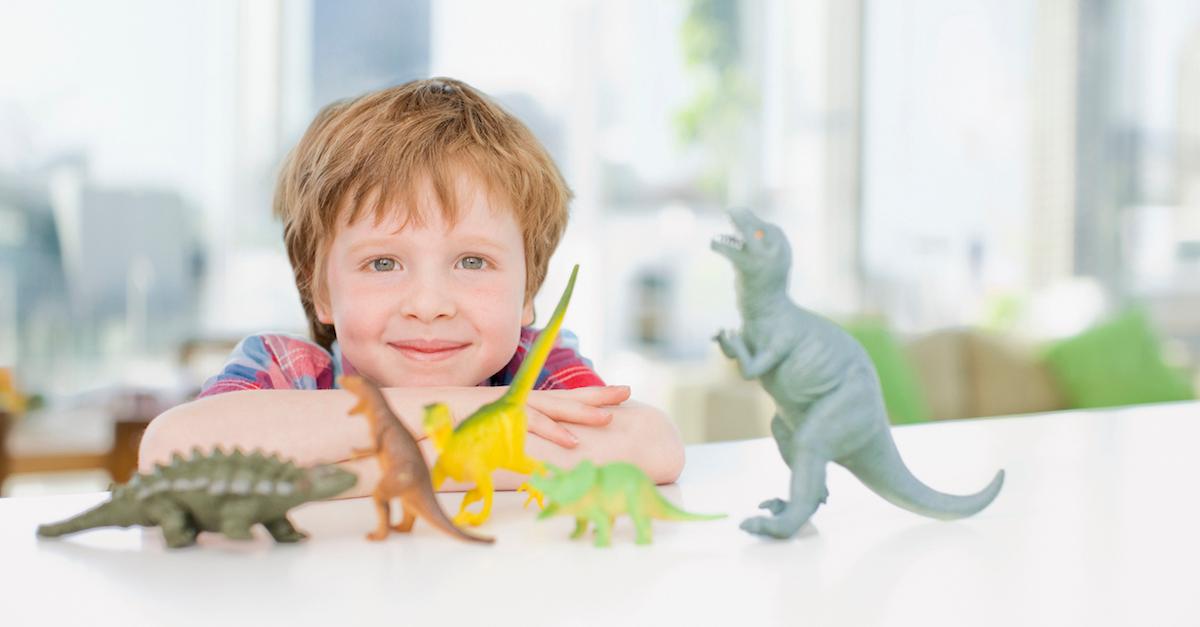
An astonishing 90 percent of toys sold in today's market are made from plastic, as per The World Counts — and that doesn’t even account for the billions of toy soldiers, Barbie dolls, and Lego bricks sitting in people’s attics at the moment. All of that plastic has to go somewhere when it’s no longer useful, and there aren’t that many vintage toy collectors out there.
Most forms of plastic are not biodegradable, so instead of turning to dust as so many things do, it sits, dirty and durable as ever, piling up and polluting countless ecosystems across the planet. The few types of plastic that do break down end up reverting back into toxic petrochemicals or transforming into ones that are different, but no less dangerous.
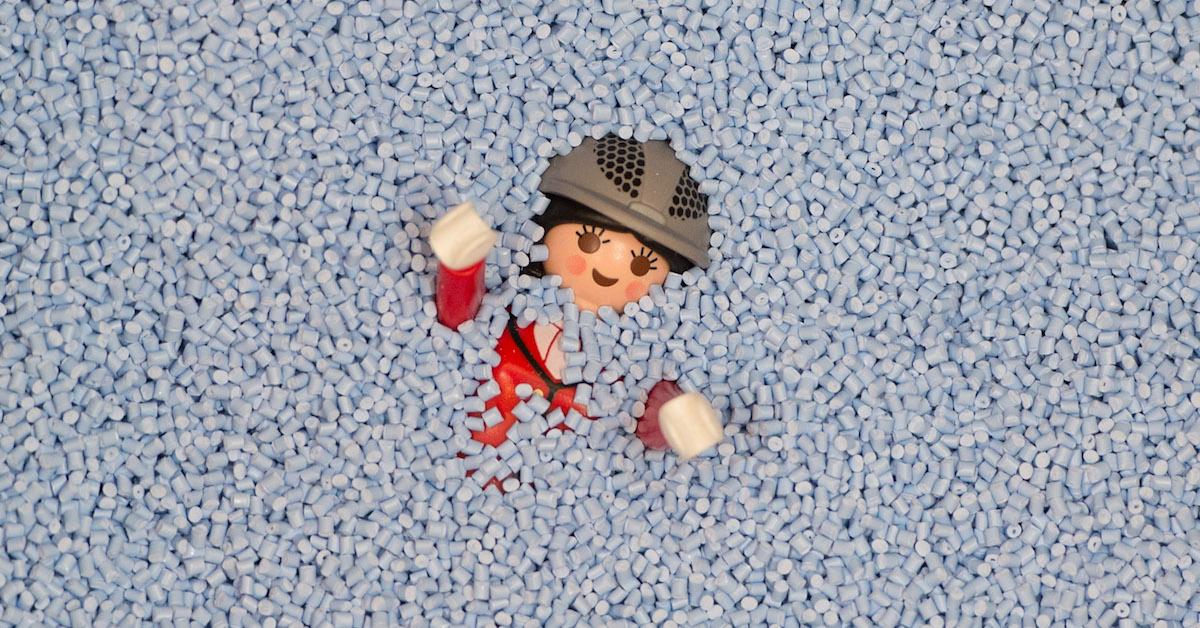
How much waste do plastic toys create?
According to Medium, approximately 80 percent of all toys end up somewhere on a trash heap. There are many reasons why toys get thrown away, but most of them center on the fact that parents don’t know what else to do once their children have outgrown them.
Some of those forgotten toys get incinerated, a process which releases toxic fumes into the air and increases the amount of carbon in the atmosphere. Others are piled up in landfills, or wind up floating in the ocean with many other plastic bits and bobs.
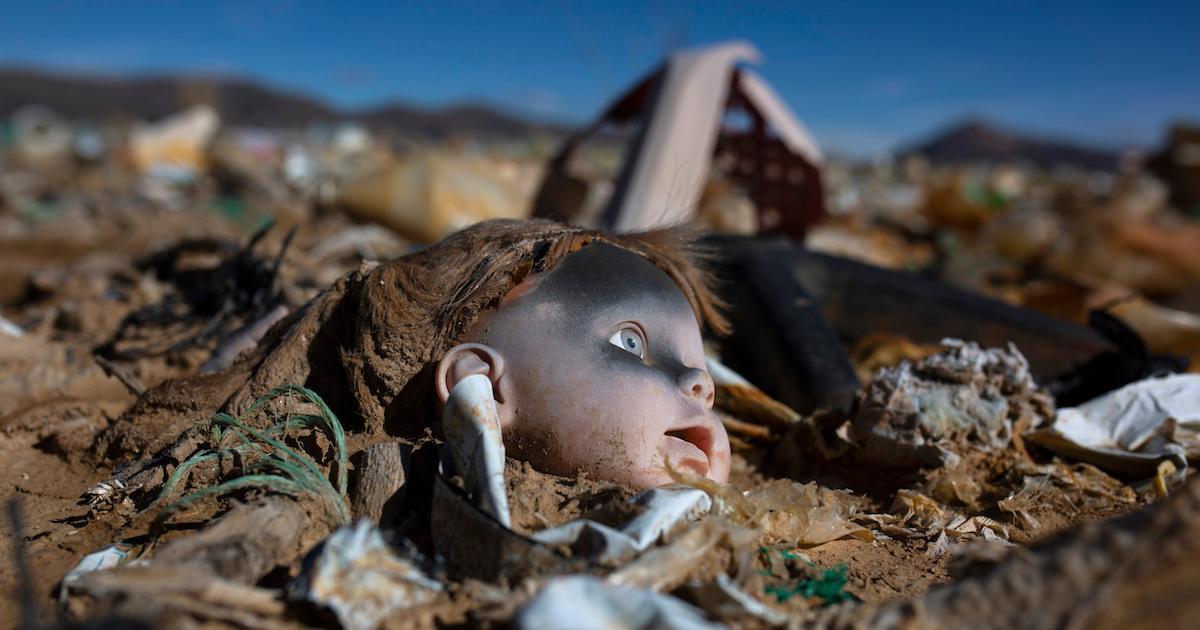
Can plastic toys be recycled?
It isn’t easy to find programs that will recycle plastic toys, but that doesn’t mean it’s impossible. According to Earth911, most municipal recycling programs will not accept rigid plastic or molded plastic toys, though some toy manufacturers like Mattel have begun to accept old toys to be recycled through special programs.
There are other options out there, of course. TerraCycle’s Zero Waste Box program accepts plastic toys, dice, game pieces, stuffed animals, electronic toys, and more. You could also donate your old toys to schools, churches, daycares, or the like. In addition, many older toys are worth some money on the secondary market and you can sell them at flea markets, to thrift stores, collectible stores, or online at sites like eBay and Facebook Marketplace.
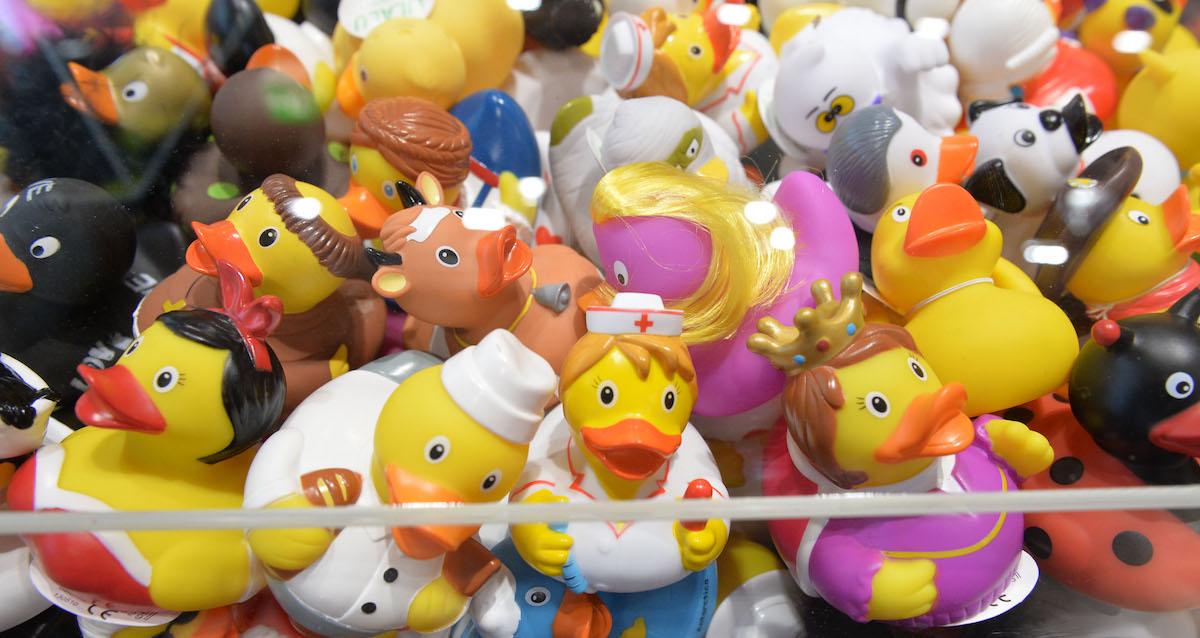
Are plastic toys bad for the environment?
If you’ve been reading up until this point, then you already know the answer to this question. In its current forms, plastic has never been good for the environment. Plastic is bad from start to finish. Even if plastic toys are great for keeping kids busy and helping them to learn and play, the effects of their production and disposal are environmentally problematic.
According to Ecology Center, the plastic manufacturing process releases all sorts of toxic emissions into the atmosphere. Those emissions include nickel, trichloroethane, acetone, styrene, toluene, benzene, ethylbenzene, ethylene oxide, methylene chloride, methyl ethyl, and more.
Fortunately, kids were plenty entertained before plastics were introduced into the toy market, and there are plenty of eco-friendly toy makers who sell toys made of safe, biodegradable materials like wood, silicone, or recycled fabric.